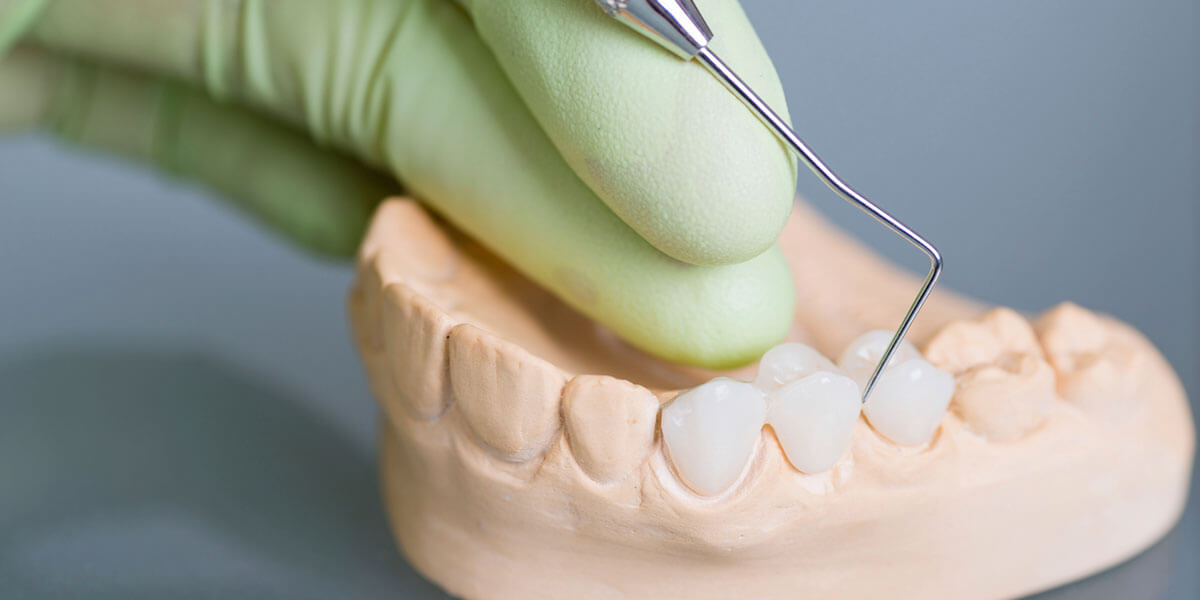Dental Bridges in Belmont, MA

Missing one or more teeth is common for many people.
Dental bridges are a common solution for replacing one or more adjacent missing teeth. While there are several types of dental bridges, what they all have in common is the use of abutments, or supports, to hold in place prosthetic teeth, also known as pontics.
At Belmont Family Dentistry, we specialize in creating realistic bridges that look and function just like natural teeth. We use state-of-the-art technology to design your bridge and take special care to match the size and shade of your adjacent teeth. We offer the following types of dental bridges to our patients:
Traditional Dental Bridge
The most common type of dental bridge, this restoration involves placing dental crowns on the two teeth adjacent to the gap in your smile. The crowns are used as abutments to hold your bridge in place.
Cantilever Bridge
Cantilever bridges are used when only one adjacent tooth is available to use as an abutment. Because the bridge is supported by a single tooth, this type of bridge can place a great deal of stress on the abutment tooth, so it’s generally not recommended unless there are no other options.
Implant Supported Bridge
Implant-supported bridges are an increasingly popular option because these bridges don’t require external support from adjacent teeth. Instead, the pontics are supported entirely by two dental implants. We recommend implant-supported bridges when several adjacent teeth are missing because it provides a more secure restoration.
Maryland Bridge
Instead of placing crowns on the abutment teeth, a Maryland bridge affixes a metal support structure to them. This preserves the integrity of the supporting teeth, but it’s not as strong as a traditional bridge.
Frequently Asked Questions About Dental Bridges
How long does a dental bridge last?
The lifespan of a dental bridge depends on the material used, the type of bridge, and the amount of wear it receives. A traditional bridge can be expected to last 10 or more years with proper care and maintenance.
Is getting a bridge painful?
If you are getting a traditional bridge or cantilever bridge, the abutment teeth will have to be prepared for dental crowns. We numb the teeth and surrounding tissues before we start any work, so you won’t feel any discomfort. Implant-supported bridges require the surgical placement of dental implants, but again, your mouth will be numb during the procedure, so it is not painful. Maryland bridges are cemented onto the abutment teeth; it’s a non-invasive procedure and there’s no pain involved.
How soon after extraction can I get a bridge?
You can have a bridge fitted immediately after extraction, but usually there’s some degree of swelling that occurs when a tooth is extracted, so it’s better to wait 8 to 12 weeks to ensure that the area is properly healed before fitting a bridge. We can provide you with a temporary restoration while you wait for your permanent bridge.
Does a bridge look natural?
Absolutely. Our dental bridges are designed to match your adjacent teeth perfectly, so no one will know you’re wearing one.
Can an old dental bridge be replaced?
Yes, we are happy to replace your existing dental bridge with a newer one. Materials and techniques have advanced over the years, so you can expect your new bridge to look even better than the one it’s replacing!

